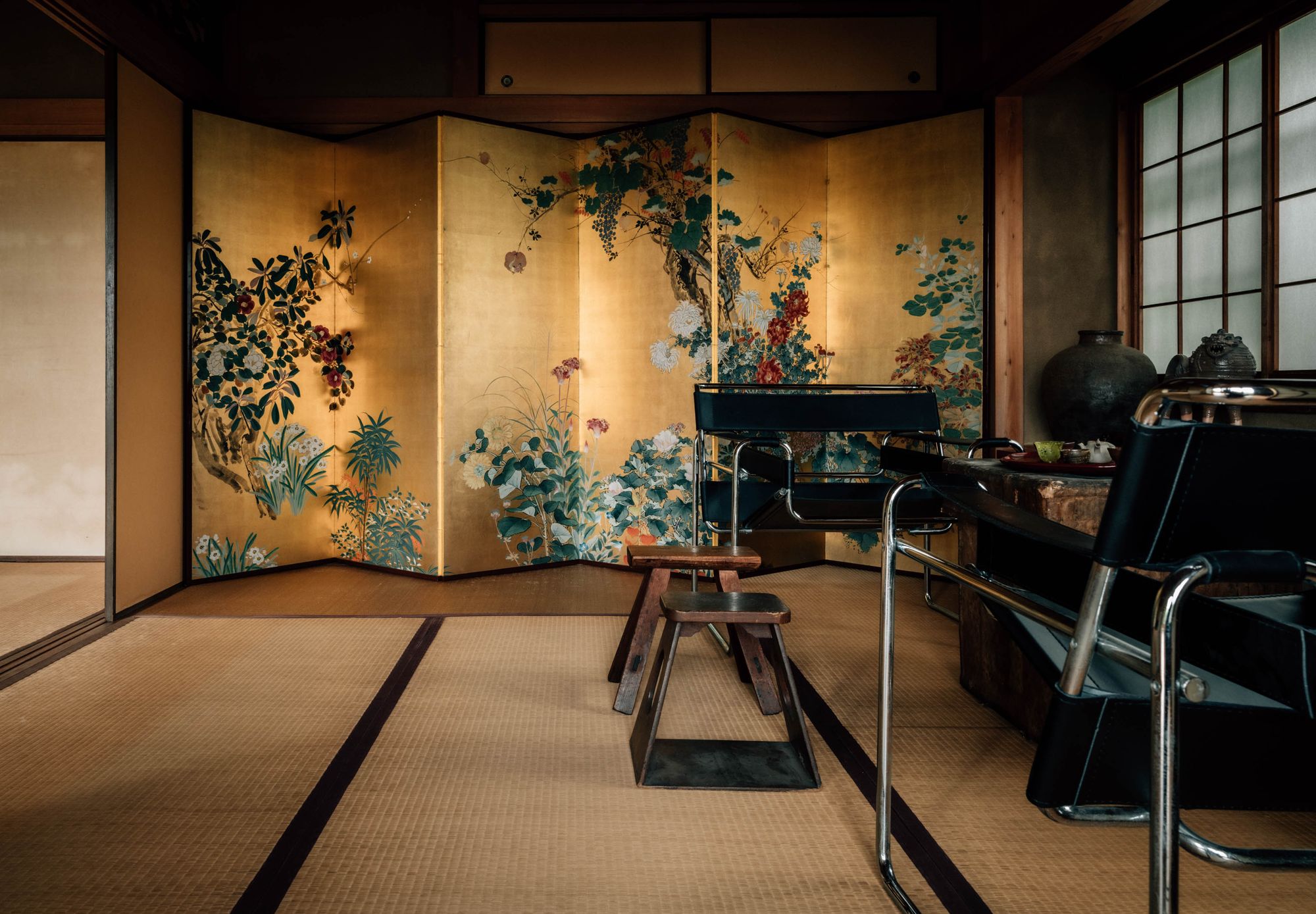The Ukrainian Makhno Studio created a modern Japanese-Ukrainian design in an old house—a perfect place for meditation and contemplation.
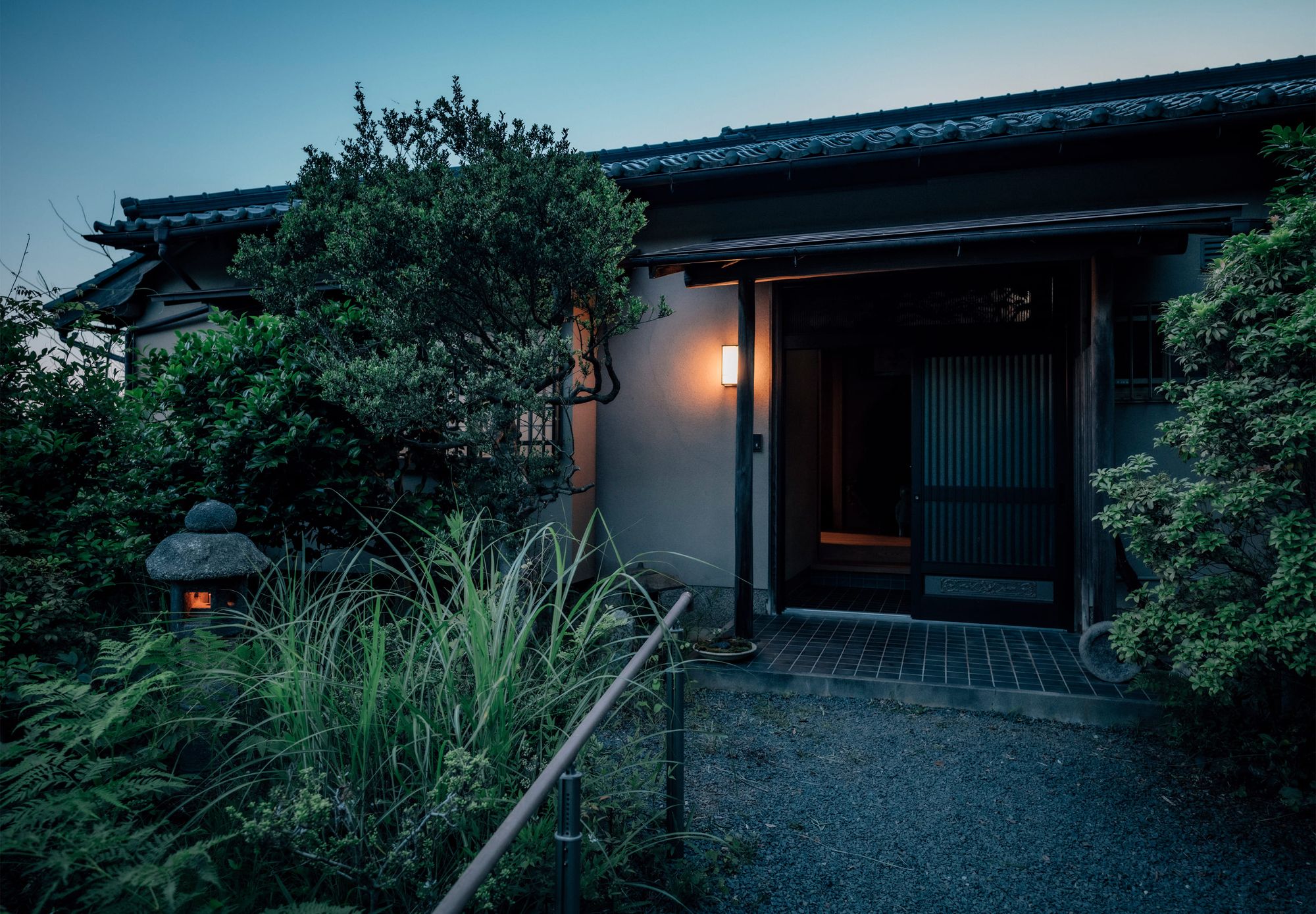
During the reconstruction, they preserved many authentic elements in Kyoto House, such as original tatami mats or textured clay wall surfaces.
There is a small tea garden called ‘roji’. It is decorated with Japanese ritual stones and Ukrainian DIDO art sculptures from the MAKHNO workshop. These good entities protect the house from sad thoughts and uninvited guests.
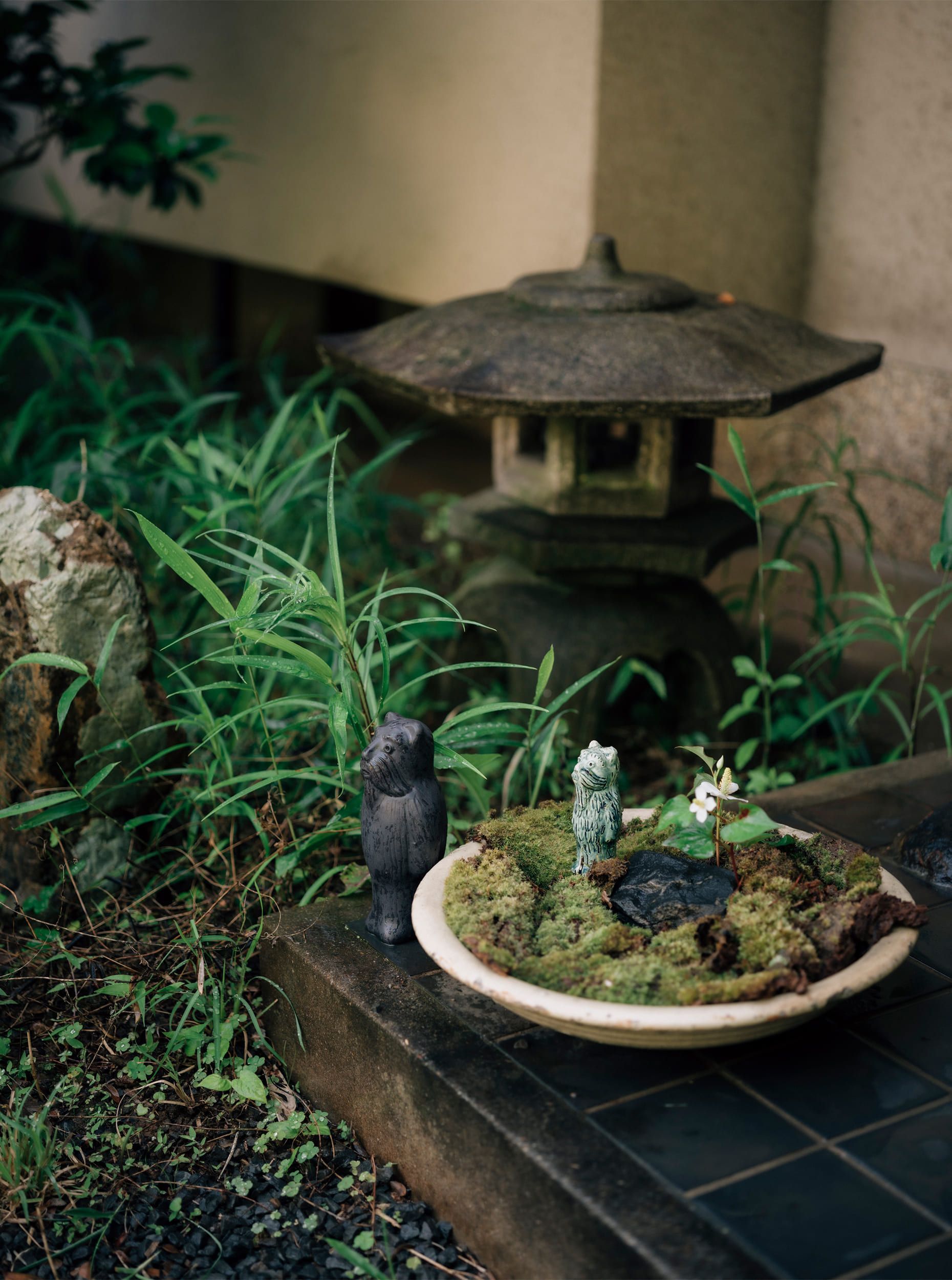
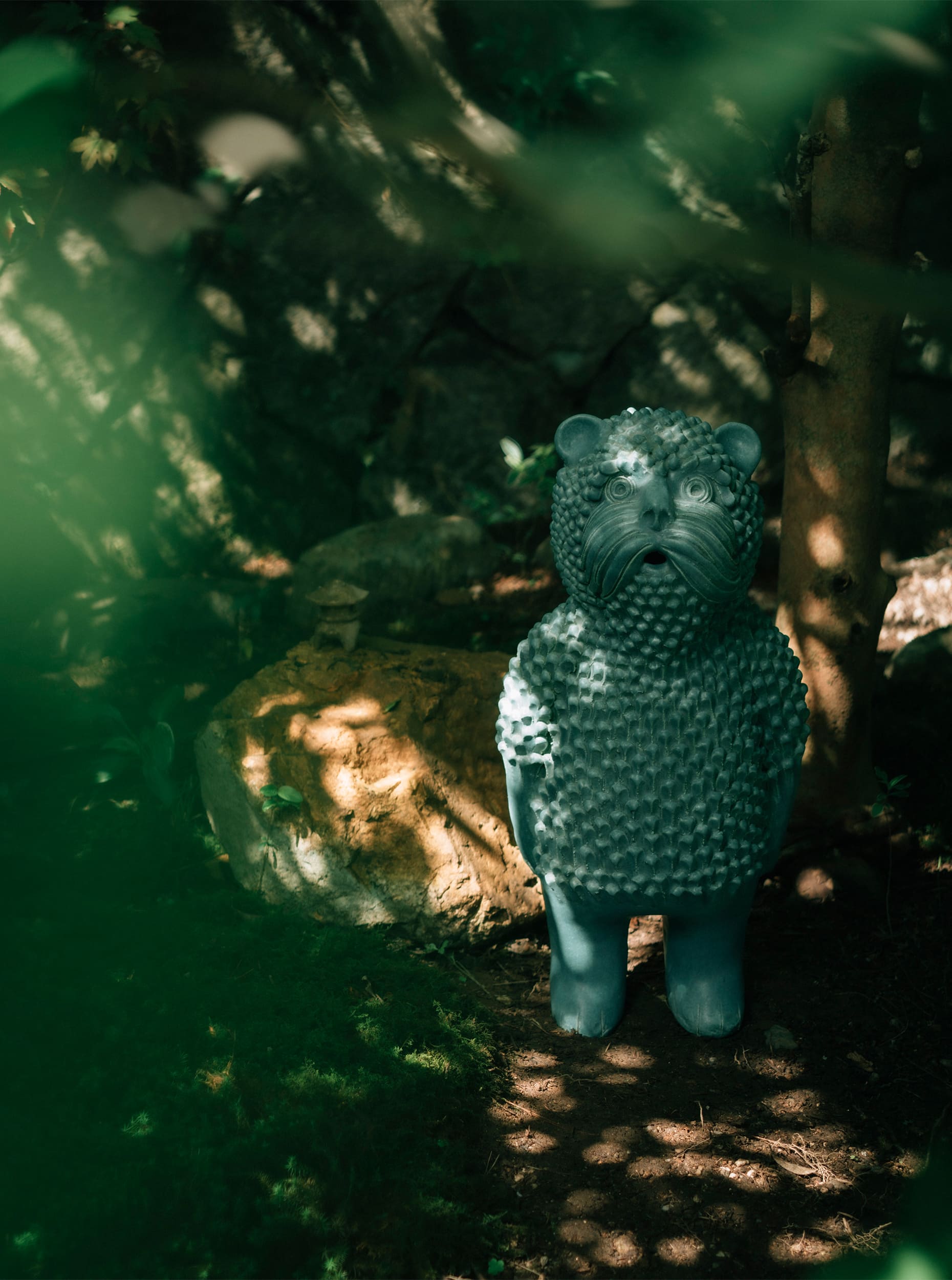
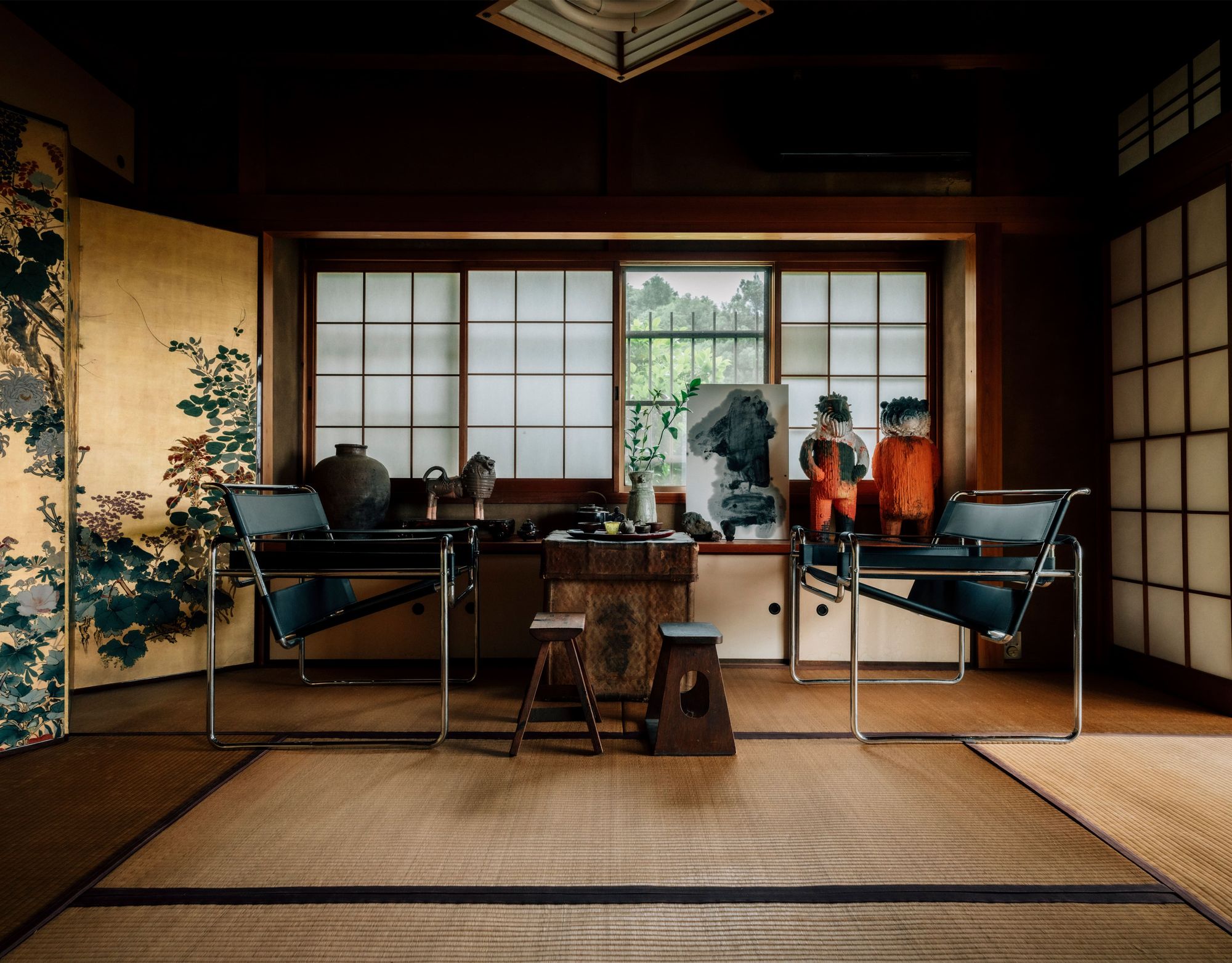

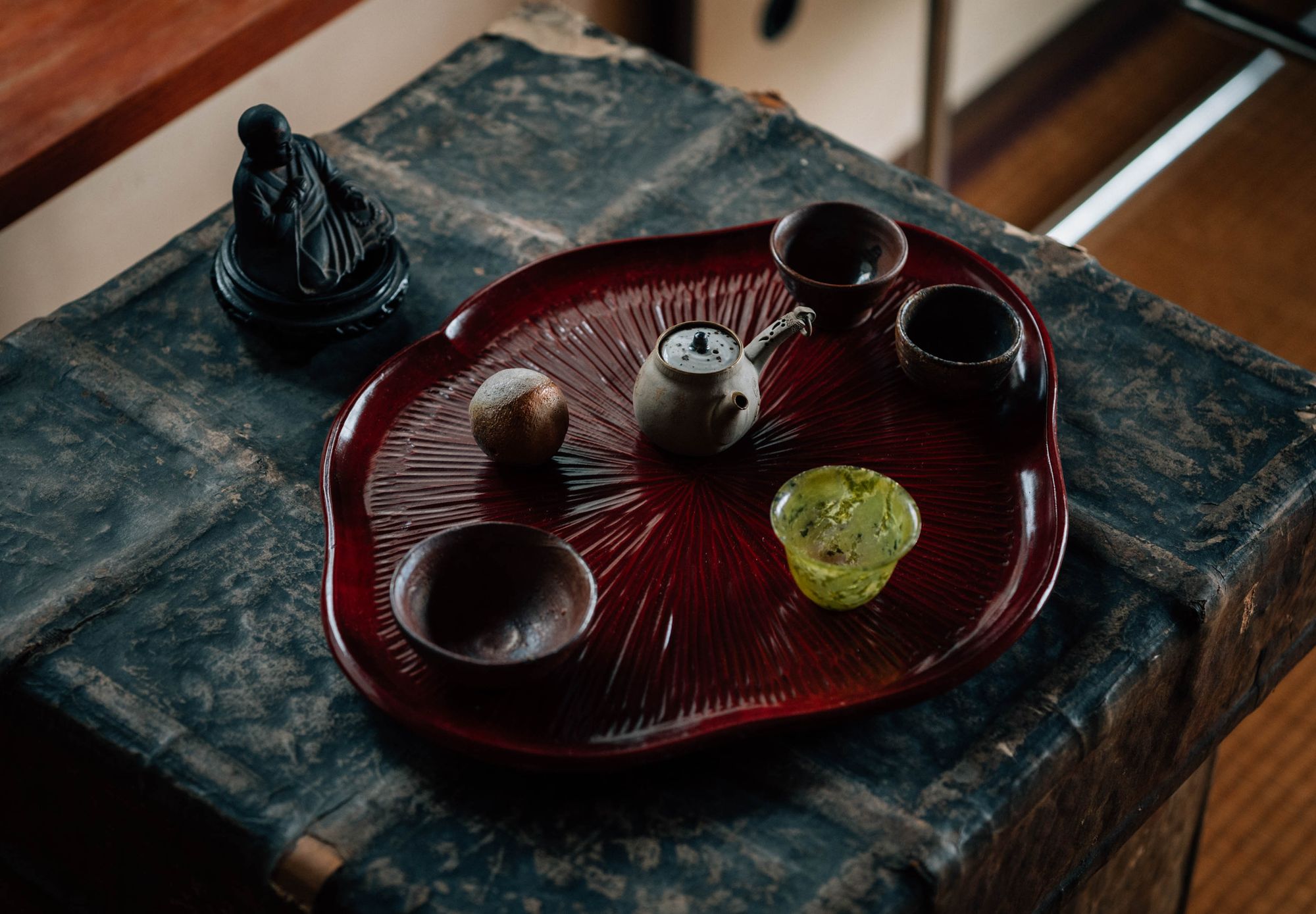
The entrance hall of a Japanese house is called ‘genkan’, where you take off your shoes and leave them turned around until you leave. On the way to the spacious living room, you are greeted by collectable works of Japanese and Ukrainian art and their owner.
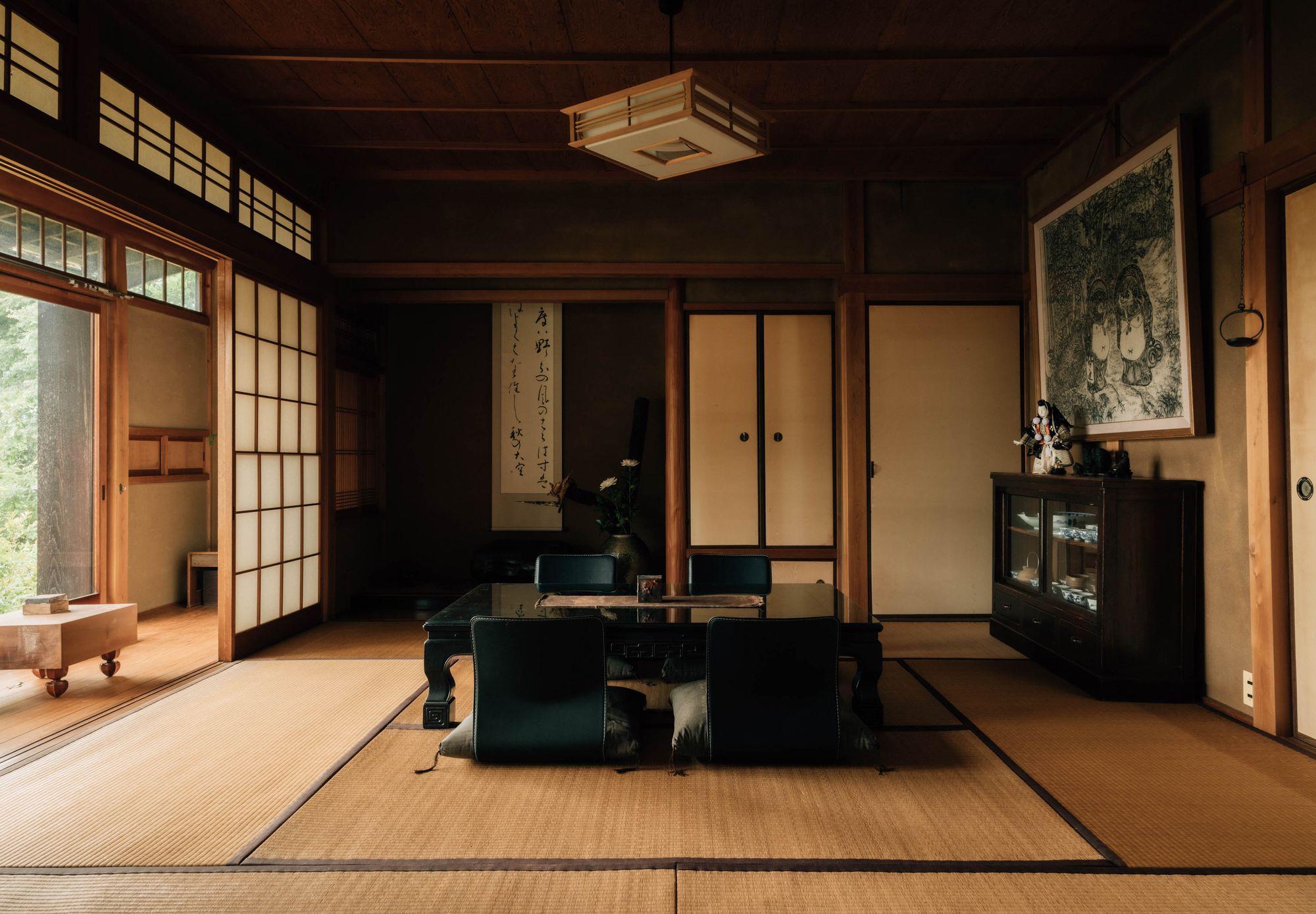
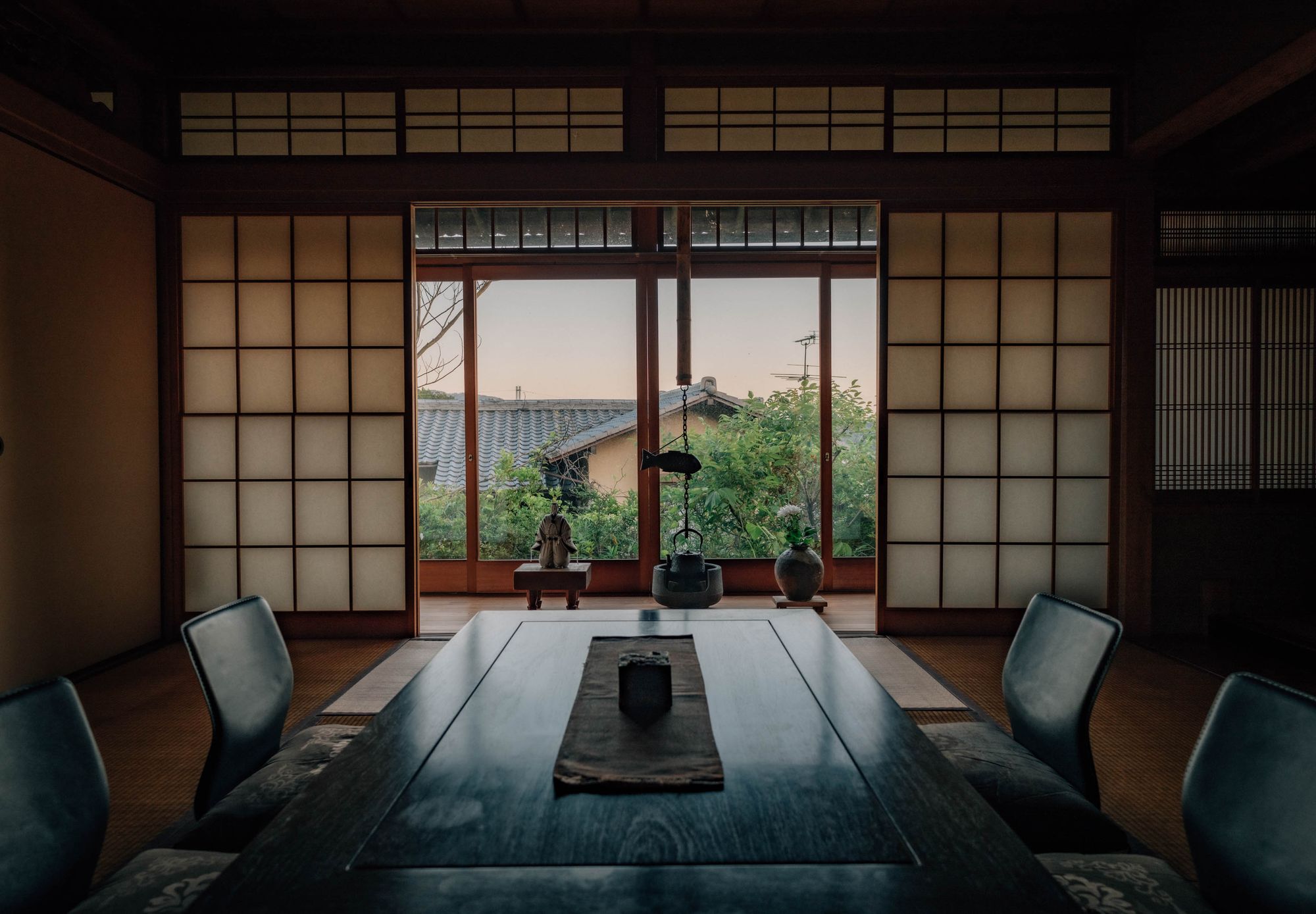
You enter a spacious, bright room, the centre of which is divided by a byobu, a light Japanese screen. The hall is multifunctional: on one side there is the office with artwork and a niche for calligraphy tools; on the other, there is the living room where guests are received.
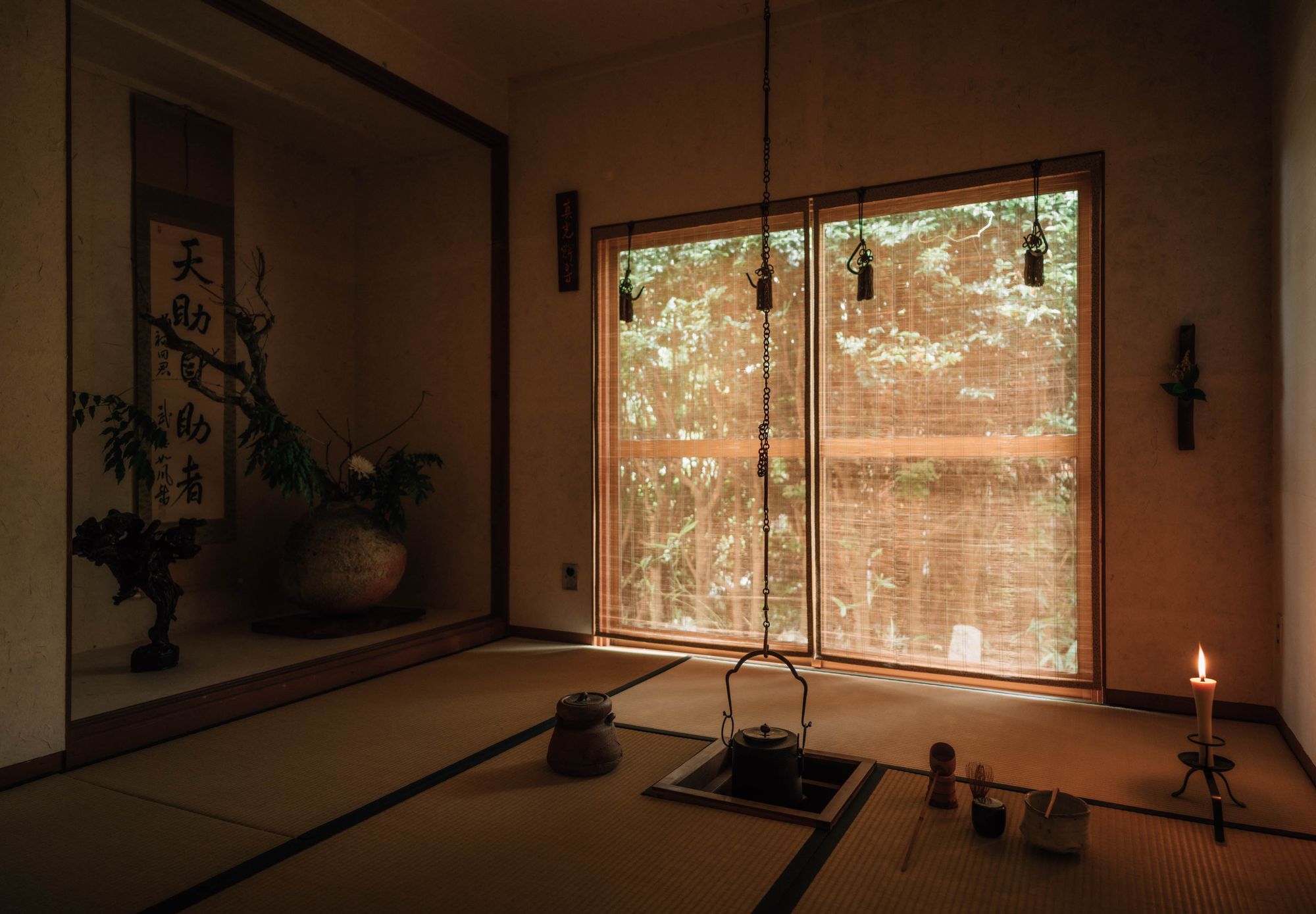

The tea room, or ‘chashitsu’ used to serve as a bedroom, but now it is an authentic tearoom with a wabi-sabi spirit and all the proper attributes. Decorated with new tatami and Japanese ‘vashi’ paper, the tashitsu leads you to its centre, where the ‘ro’, a special fire for making tea, is located. In order to tune the spirit and soul, you must immerse yourself in meditation, contemplating the tokonoma. Tokonoma is the most honourable place in a Japanese home, a sign of an aristocratic house. It is a niche in the wall of a tashitsu where objects are placed to guide you on your tea journey.
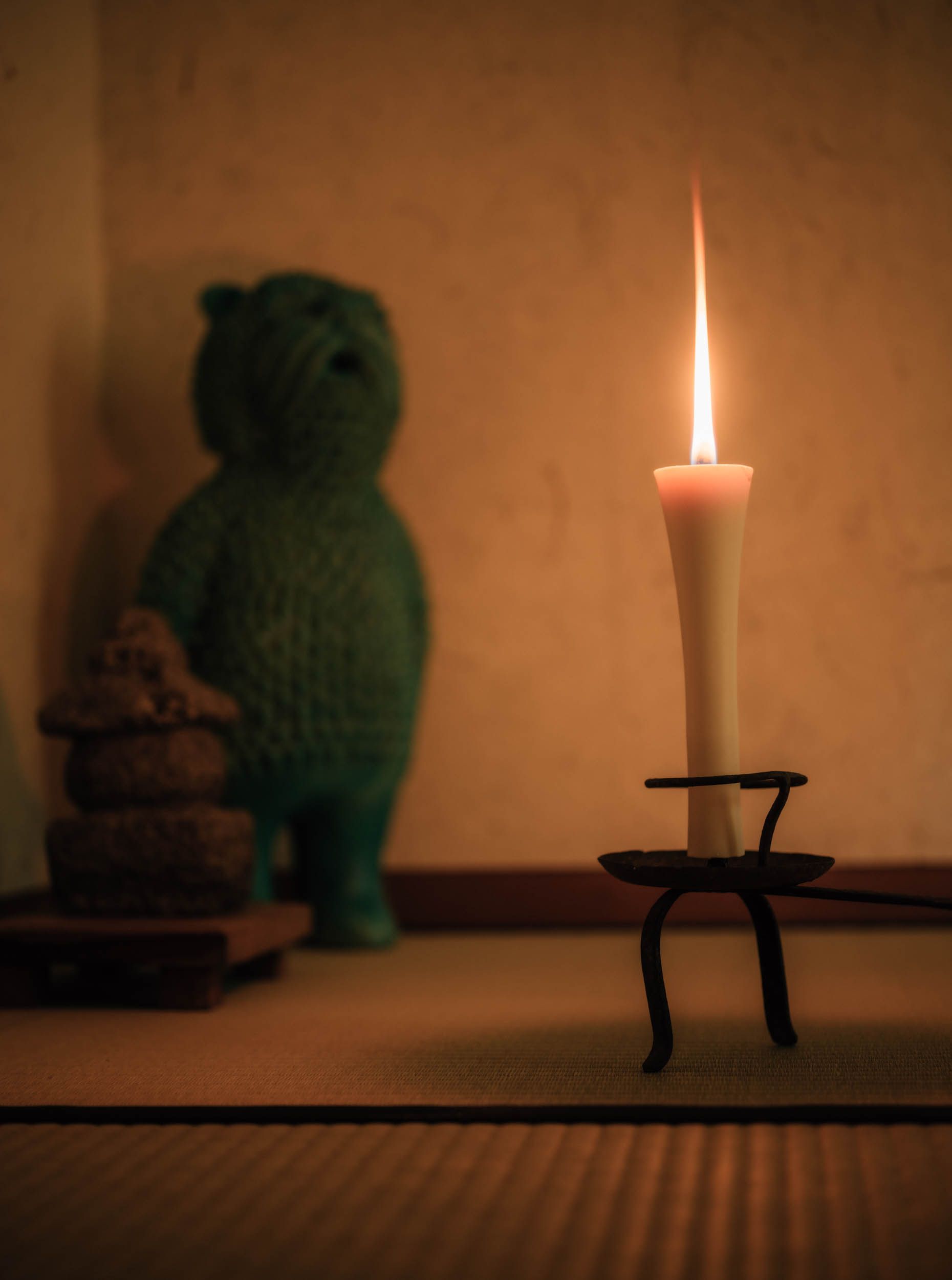
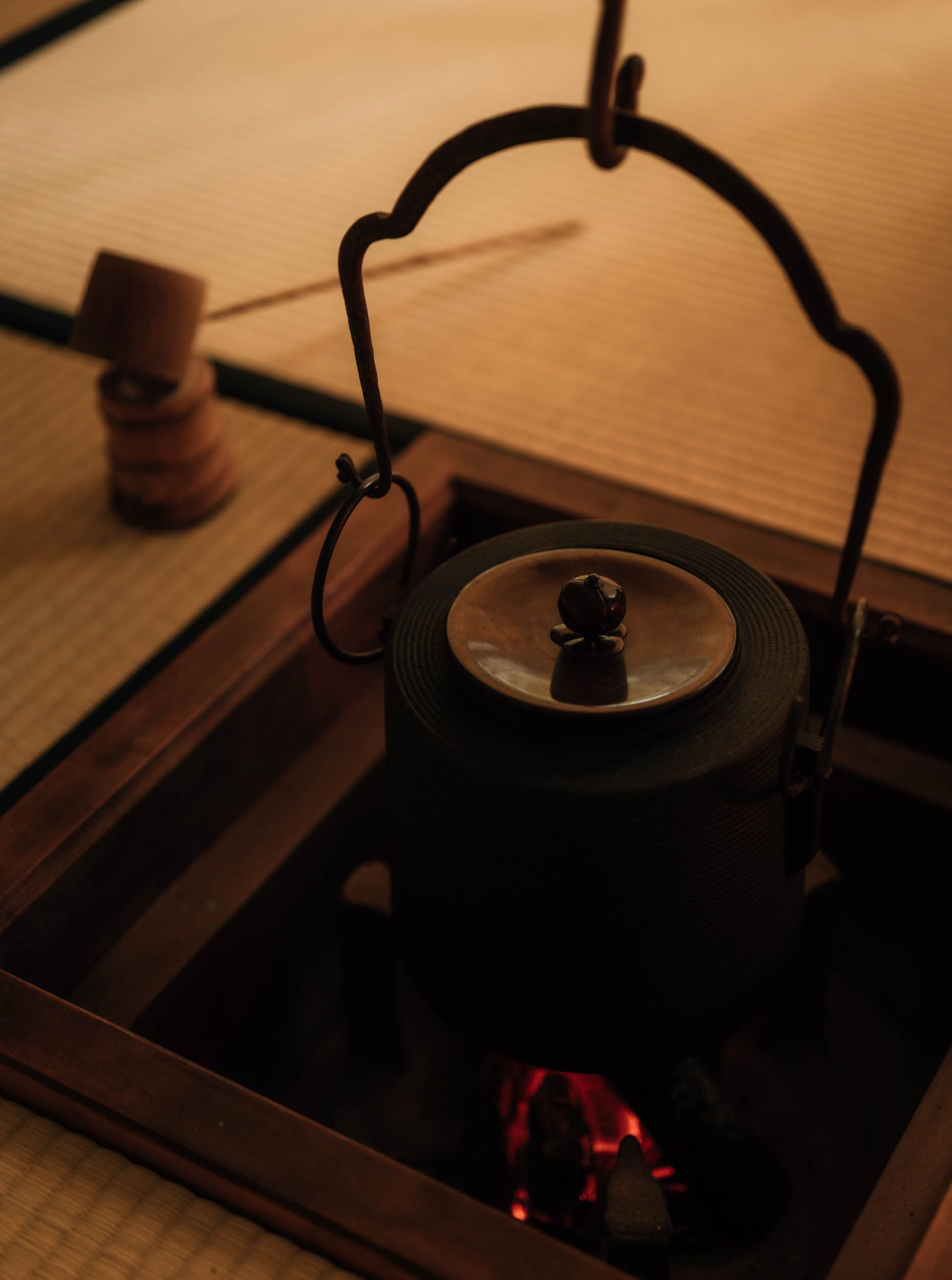
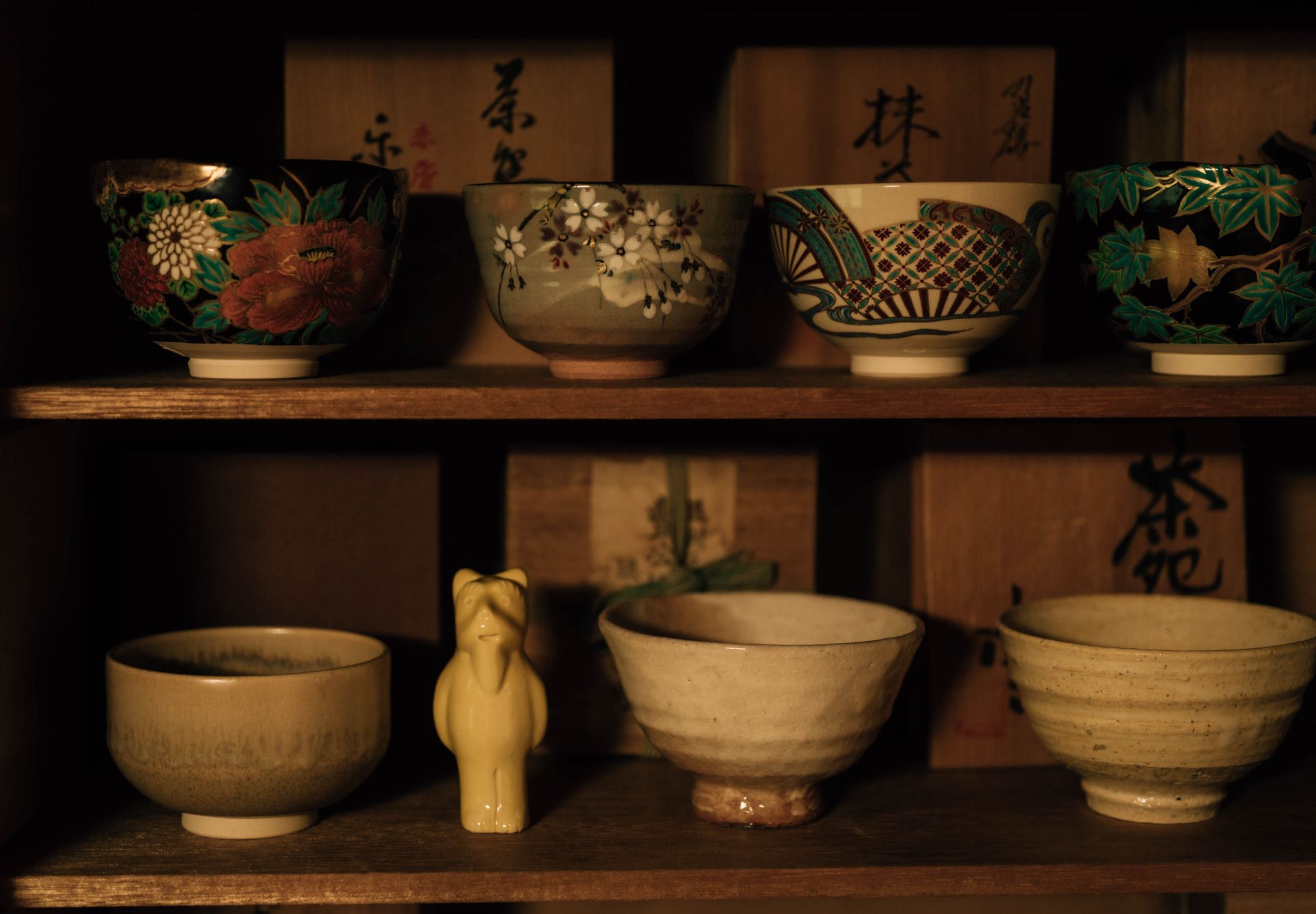
The Japanese tea ceremony is called ‘sado’, literally ‘the way of tea’. Originating in the 16th century, it is a highly ritualized meditative experience that reflects the principles of harmony, respect, purity, and tranquillity. From that time to this day, this action has been the centre of the Japanese spiritual life.
Along with Japanese ceramics, you can also see Ukrainian ceramics. Here’s a whole family of DIDOs created by hand by hereditary potters in MAKHNO workshops. Perfect in every detail, they make an excellent company for the products of the most famous Japanese masters. After all, they continue the traditions of Ukrainian zoomorphic ceramics, which are more than three thousand years old and are now surprising the world.


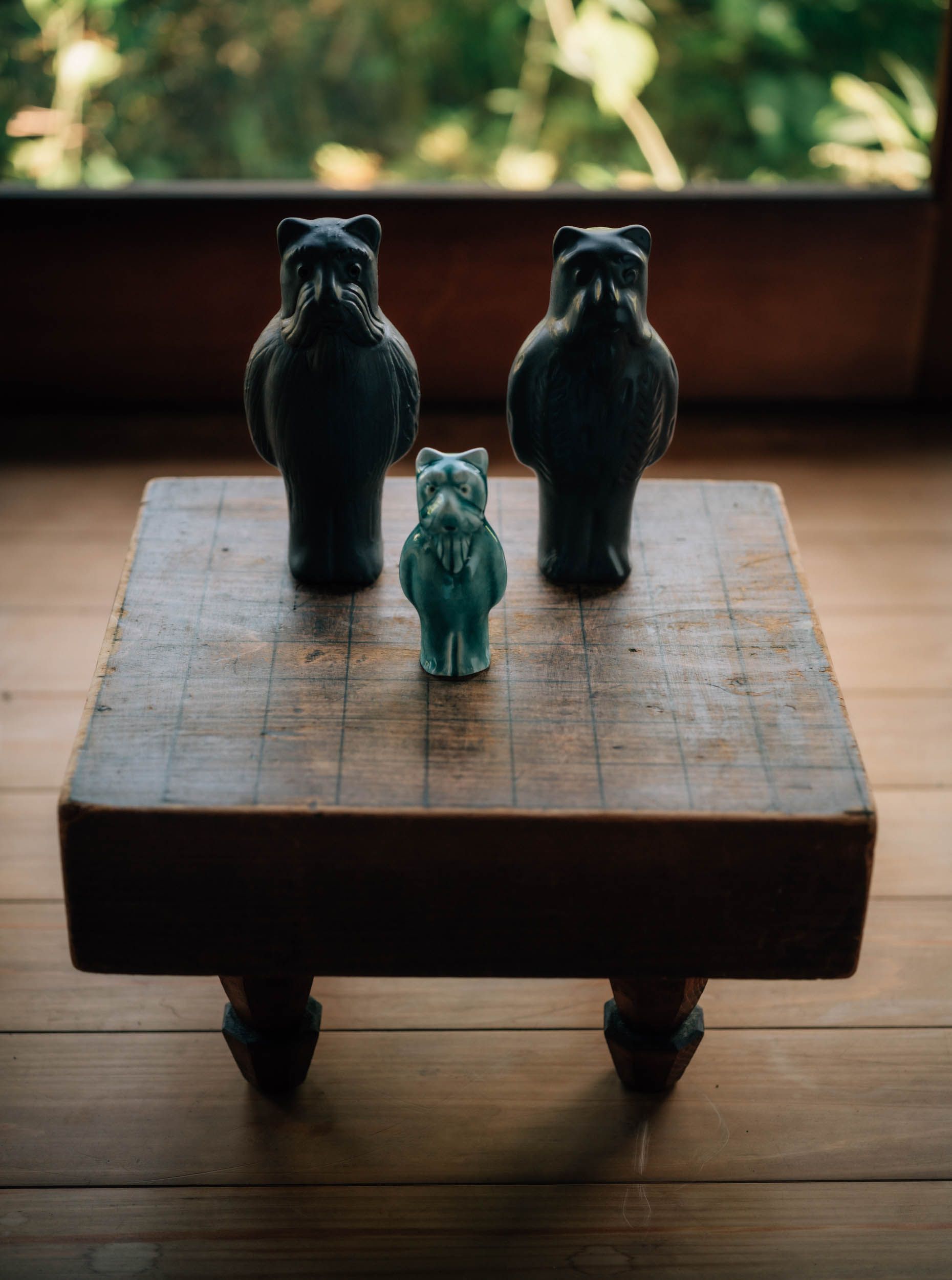

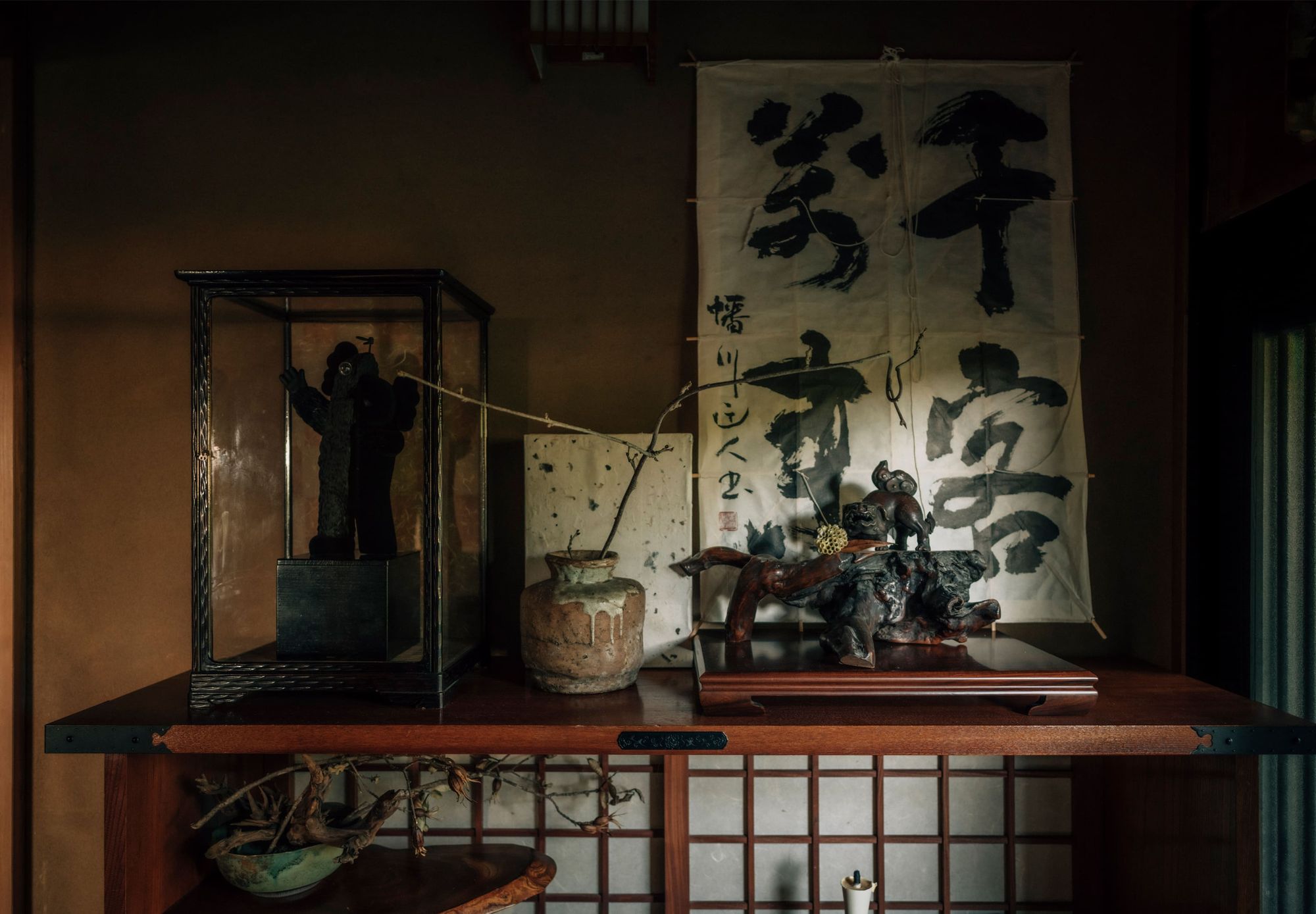
Photos: MAKHNO Studio
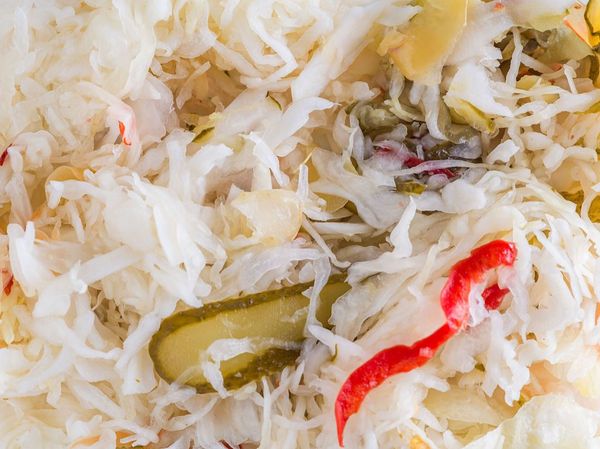
Canteen #8—Pickles
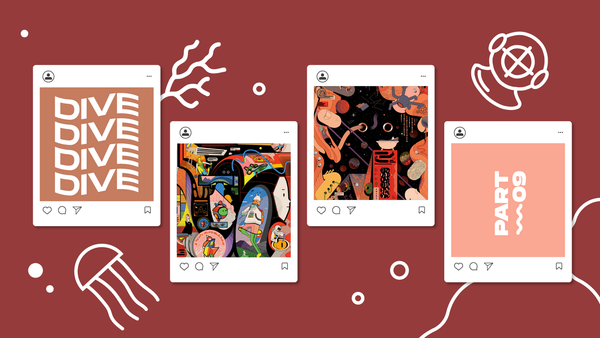
The art of chance: Ori Toor | #DIVE










